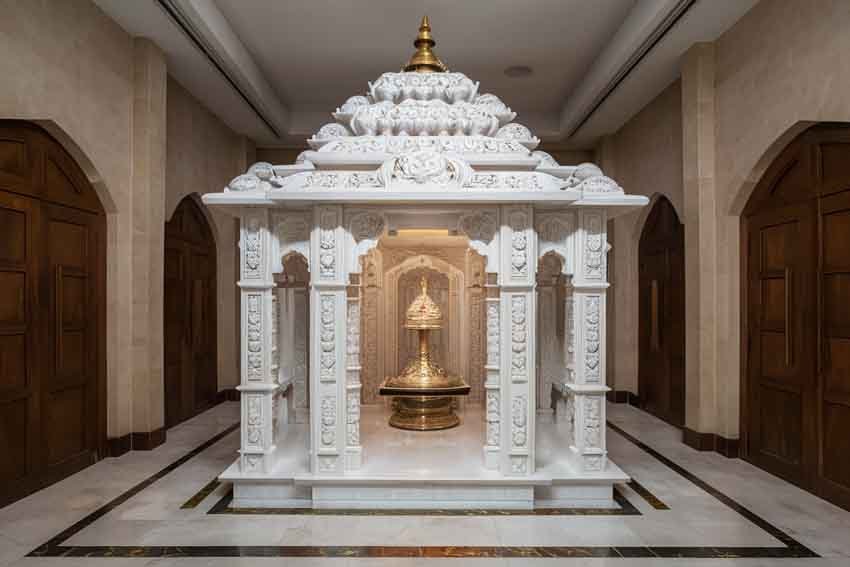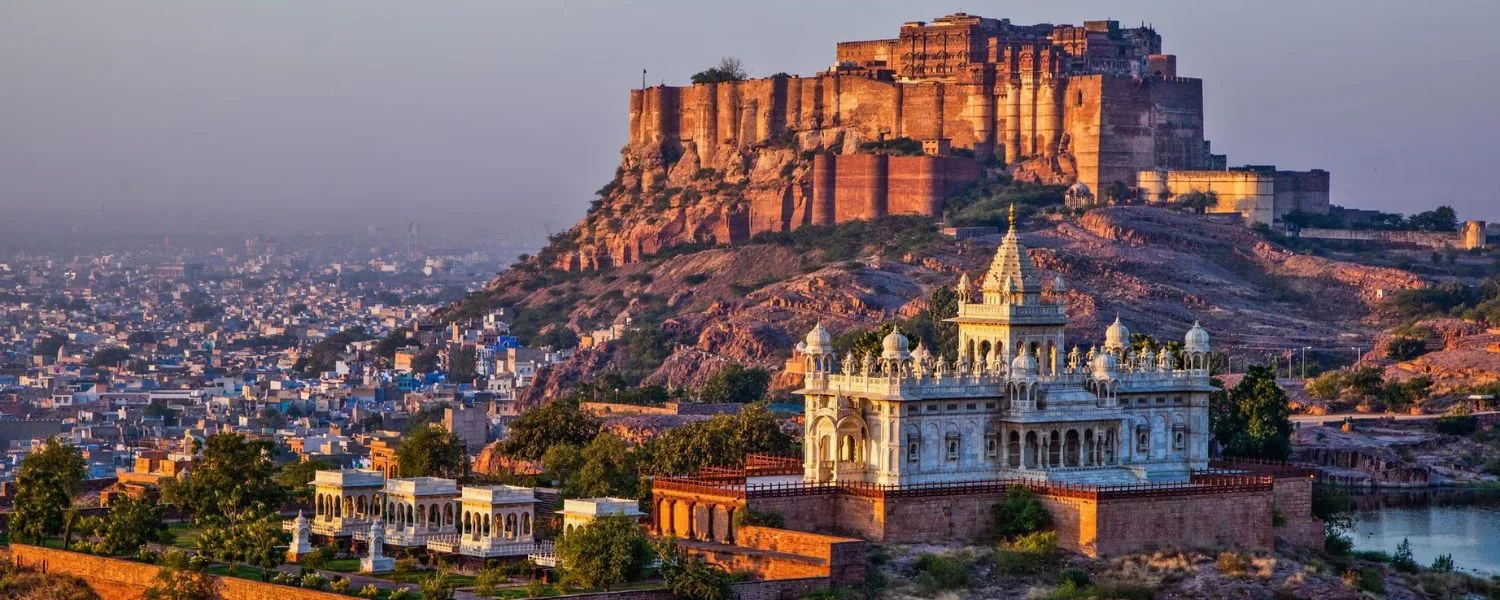India has a long-standing tradition of crafting temples with natural stone, especially marble. Marble has been cherished not only for its aesthetic appeal but also for its enduring strength. From small home shrines to expansive temple complexes, choosing the right type of marble is essential for ensuring structural longevity and spiritual serenity. Whether you’re renovating an existing place of worship or designing a new temple, the choice of marble reflects both personal devotion and architectural foresight. If you’re seeking a reliable Marble supplier in india, understanding the key varieties suitable for temple construction is the first step.
Why Marble is Ideal for Temples
Marble has been a preferred material for centuries in temple construction for several compelling reasons. Its natural sheen, timeless beauty, and resilience make it a prime candidate for sacred spaces. Marble offers excellent polishability, making it ideal for carvings, statues, and intricate jaali work. Moreover, marble remains relatively cool even in extreme heat, a practical benefit for temples in warm climates like India. It resists moisture and wear over time, provided the right variety is selected and maintained properly.
Top Considerations Before Choosing Temple Marble
When selecting marble for temple construction, it’s essential to evaluate several practical and aesthetic factors:
- Durability: The stone should withstand both indoor and outdoor conditions, including moisture, heat, and wear.
- Workability: The marble must be easy to shape and carve, particularly for ornate features like pillars, idols, and ceilings.
- Color tone: Lighter tones like white and cream are often preferred for their spiritual and visual appeal.
- Texture and veins: Patterns should be subtle and uniform, avoiding overly bold or irregular veining.
Popular Temple Marble Types Used in India
Each marble type brings its own unique character and benefits. Let’s explore some of the widely used varieties that meet the dual criteria of durability and elegance.
1. Makrana Marble
Originating from Rajasthan, Makrana Marble is one of the oldest and most iconic marbles used in India. The Taj Mahal is perhaps its most famous example. Known for its high calcium content and minimal water absorption, this marble is exceptionally durable. It also retains its shine for decades, making it ideal for main sanctum areas and flooring.
2. White Sangemarmar Marble
Often used in Jain and Hindu temples, White Sangemarmar Marble is revered for its pure, milky white appearance. It is soft yet strong, allowing for intricate carving. Its natural luminosity enhances spiritual ambiance, especially in prayer halls and idol placement areas. This marble requires minimal maintenance and offers long-term value.
3. Ambaji Marble
Quarried in Gujarat, Ambaji Marble is another excellent choice for temples. It features a consistent white background with fine grey lines. This uniformity lends itself well to both modern and traditional temple designs. Ambaji Marble is known for its fine grain and durability, making it suitable for wall cladding, floors, and steps.
4. Hazel Bruno Marble
For those seeking a more modern yet graceful aesthetic, Hazel Bruno marble in india offers a refined appearance. With warm, earthy undertones and soft veining, it adds depth and dimension to temple interiors. Hazel Bruno is especially effective in combining contemporary design elements with traditional values. Its non-porous nature and resistance to staining make it ideal for high-traffic areas like temple entrances and corridors.
5. Tampa White Marble
One of the newer additions gaining popularity in Indian temples is Tampa White Marble in india. This marble is appreciated for its pristine white surface with subtle grey patterns. It works beautifully in minimalist temple architecture while retaining the elegance required for religious spaces. Tampa White’s durability and ease of maintenance make it a long-term investment for any spiritual structure.
Finishing Options That Enhance Temple Design
The finish of the marble can greatly affect the overall ambiance of a temple. Here are a few popular finishing styles:
- Polished finish: Offers a mirror-like shine and enhances the natural color and veins of the marble. Commonly used for altars and floors.
- Honed finish: Provides a matte appearance with slight texture. Ideal for walls and pathways where a non-slip surface is needed.
- Sandblasted or bush-hammered finish: These provide rugged textures, mostly used for outdoor areas like temple steps or courtyards.
Maintenance Tips to Preserve Marble’s Beauty
Maintaining marble in temples is essential for preserving both its appearance and sanctity. Here are some essential maintenance tips:
- Use pH-neutral cleaners to avoid damage from acidic substances.
- Clean spills immediately to prevent staining.
- Re-polish floors and surfaces periodically for long-lasting sheen.
- Avoid placing heavy metal items directly on marble surfaces to prevent scratching.
Conclusion
Choosing the right marble for temple construction involves a thoughtful blend of tradition, practicality, and design. The correct selection not only enhances the spiritual aura of the temple but also ensures structural integrity for generations. From the time-tested elegance of Makrana to the contemporary charm of Hazel Bruno and Tampa White, each variety brings unique value. Working with an experienced provider like Galaxy Exports Udaipur ensures access to premium quality marble, expert guidance, and ethical sourcing.
Whether your vision leans toward classical or contemporary, marble offers a medium that honors your devotion and architectural intent. With the right knowledge and materials, you can create a temple space that is both sacred and enduring.




